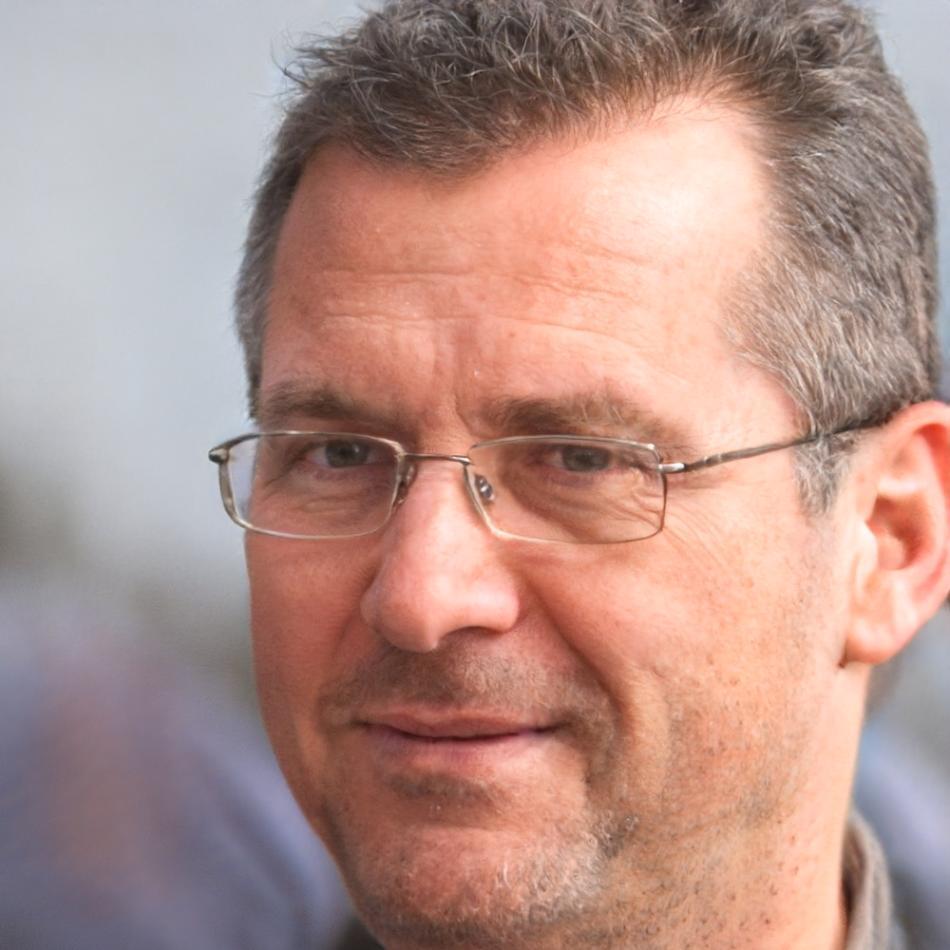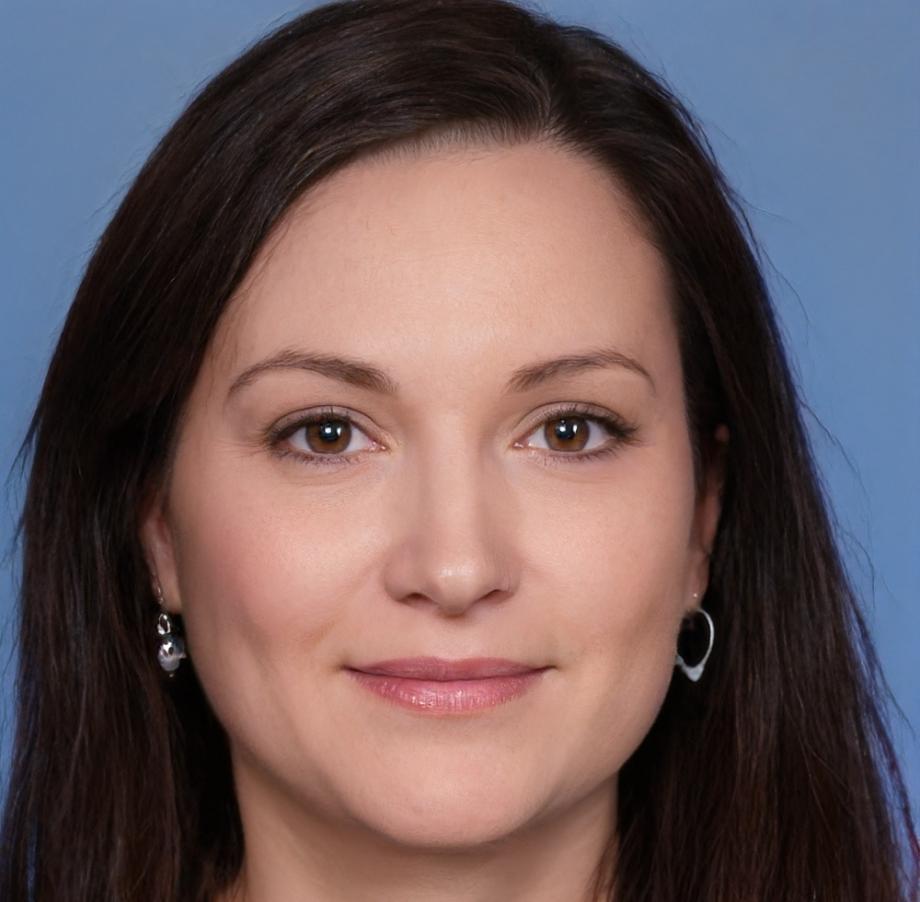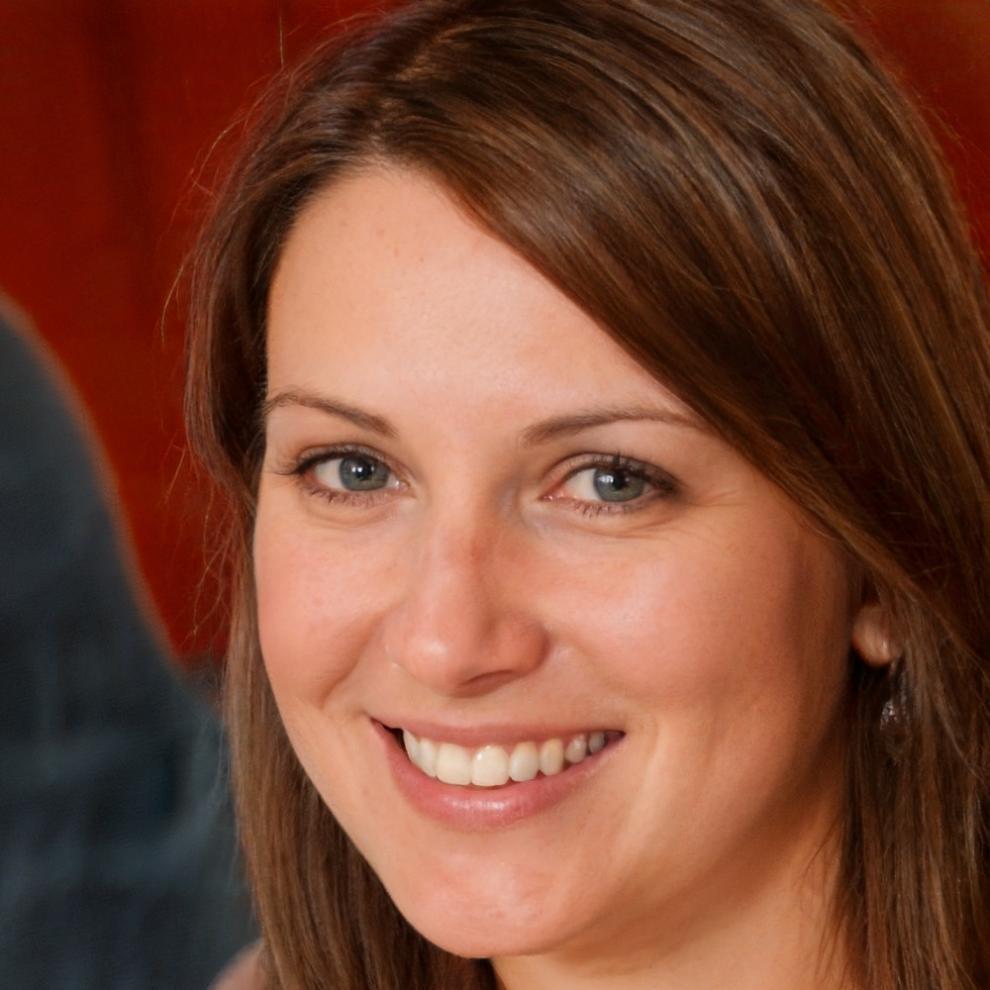Master Financial Forecasting That Actually Works
Real skills for real businesses. Our six-month programme teaches you practical forecasting and budgeting methods used by finance teams across Australia. No theory overload—just hands-on experience with tools and frameworks you'll use from day one.
See What You Need FirstWhat You'll Actually Learn
We've broken down complex financial processes into manageable chunks. Each module builds on the last, so you're never lost or overwhelmed.
Forecasting Fundamentals
Start with cash flow basics and work up to multi-scenario planning. You'll learn why most forecasts fail and how to build models that hold up under pressure.
Budget Construction
Build budgets that align with business strategy. We cover zero-based approaches, rolling forecasts, and how to handle unexpected changes without panic.
Data Analysis Tools
Get comfortable with Excel functions, visualization techniques, and simple automation. Plus practical tips for presenting numbers to non-financial stakeholders.
Variance Management
Learn to spot meaningful deviations from your plan and adjust quickly. We focus on interpretation skills that separate useful signals from noise.
Scenario Planning
Prepare for best, worst, and likely outcomes. You'll practice building flexible models that help businesses navigate uncertainty with confidence.
Reporting Systems
Design reports that people actually read and use. We teach visual clarity, concise communication, and how to tailor insights for different audiences.

Programme Structure & Timeline
Our next cohort starts September 2025 and runs through February 2026. Classes meet twice weekly in the evenings, with optional Saturday workshops for deeper practice.
Here's what the six months look like:
Between sessions, expect around eight hours of self-paced work each week—reading, practice problems, and building your project components.
Learn From People Who've Done It
Our instructors aren't just educators—they've built forecasting systems for fast-growing startups, managed budgets through economic downturns, and helped finance teams move from reactive to strategic.

Hamish Kilbride
Lead Forecasting InstructorSpent twelve years as finance director for two tech companies. Now teaches the forecasting methods he developed while scaling teams from fifteen to two hundred people.

Petra Illingworth
Budget Systems SpecialistFormer management accountant who redesigned budgeting processes for manufacturing and retail clients. She makes complex variance analysis surprisingly straightforward.

Sonja Lindqvist
Data Analysis CoachBuilds financial reporting systems that actually get used. Her background spans consulting and corporate finance, with focus on turning spreadsheets into business intelligence.
Ready to Get Started?
Applications for September 2025 open in May. But there's prep work you should consider doing first—baseline Excel skills, basic accounting knowledge, and realistic expectations about time commitment.
Check Prerequisites